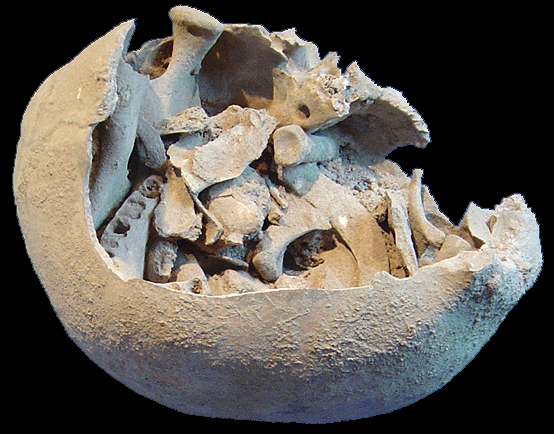Findings from Lapa do Santo show oldest evidence in the continent of humans performing elaborated funerary rituals based on the manipulation and reduction of fresh corpses and the reorganization of body parts
In eastern South America skeletal remains dating to 10,000 years ago are rare, precluding the proper study of their ritual dimensions. In a study published this week in the journal Antiquity an international research team led by the Max Planck Institute for Evolutionary Anthropology in Leipzig, Germany, and the University of Sao Paulo, Brazil, present their new findings on 26 human burials that date to this period and had been discovered at the archaeological cave site Lapa do Santo in east central Brazil.
